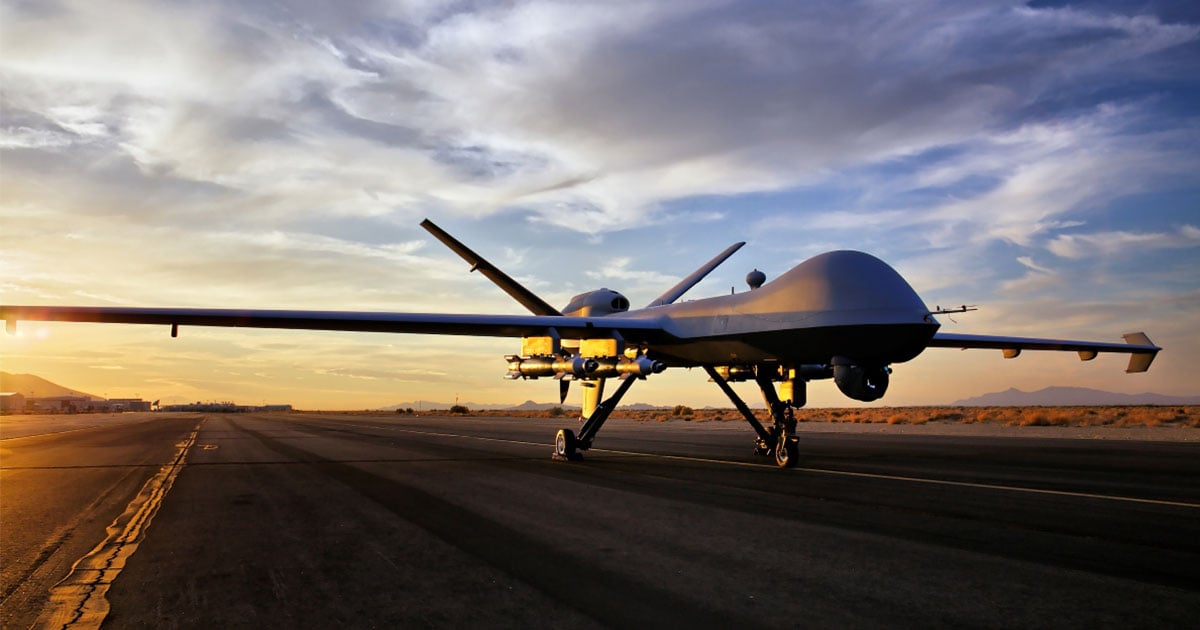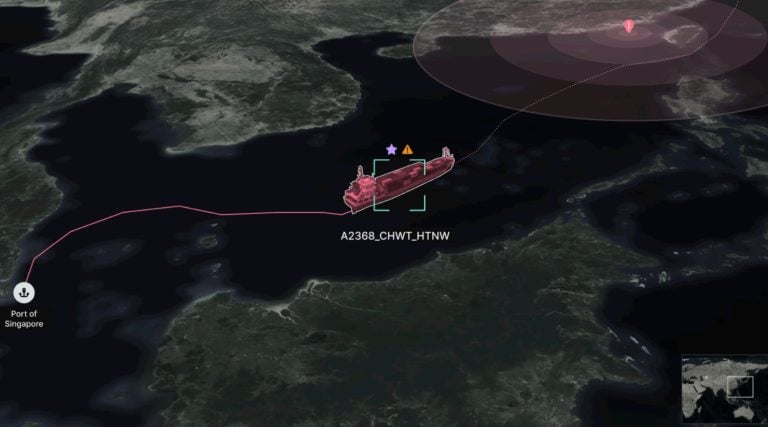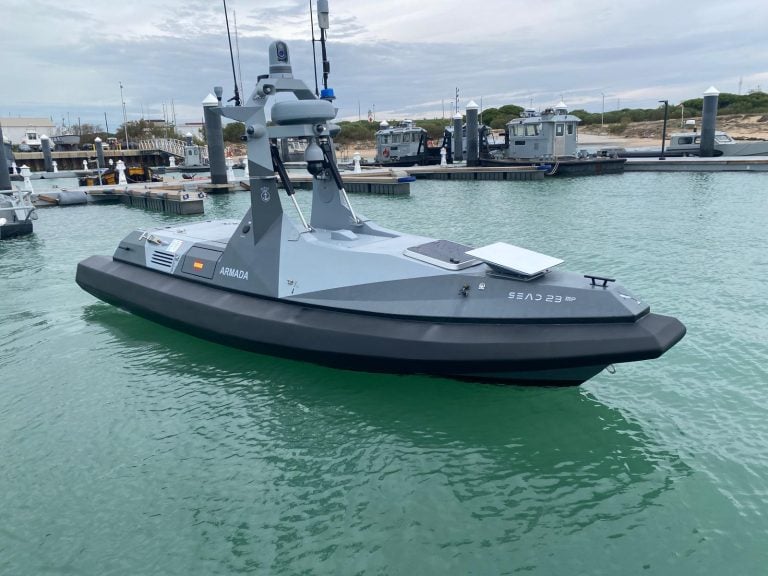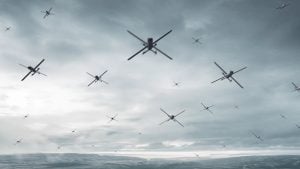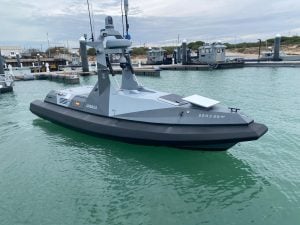In early January 2020, a pivotal moment in modern military history occurred when a US MQ-9 Reaper drone executed a high-profile strike on a convoy near Baghdad International Airport, resulting in the death of Iranian General Qassem Soleimani. This event not only underscored the Reaper’s tactical significance but also highlighted the rising role of unmanned aerial vehicles in contemporary warfare.
The MQ-9 Reaper, often referred to simply as the Reaper, has evolved as a key component of the U.S. and allied air operations. It succeeds the MQ-1 Predator and is specifically designed for both long-range surveillance and precision strikes, effectively serving dual purposes in military engagements. The Reaper’s design allows it to fly at altitudes of up to 50,000 feet and cruise at speeds between 200 to 230 miles per hour, offering extensive coverage of target areas during its missions.
With a wingspan measuring 66 feet and the capability to remain airborne for over 27 hours, the Reaper can carry a substantial payload. This includes approximately 3,800 pounds of advanced munitions, such as AGM-114 Hellfire missiles and various types of guided bombs, which enhance its lethality and versatility on the battlefield.
Equipped with sophisticated technology like the AN/DAS-1 MTS-B multi-spectral targeting system and synthetic aperture radar, the Reaper generates high-resolution intelligence while operating remotely. Pilots and sensor operators can control these drones from ground stations located thousands of miles away, facilitating continuous operations and shift rotations. This advantage allows the Reaper to maintain a persistent surveillance presence over a target area, significantly improving the speed at which military forces can engage adversaries.
The operational impact of the MQ-9 Reaper has been profound. It has participated in numerous counterterrorism operations across multiple regions, including Iraq, Afghanistan, Yemen, Somalia, and Syria, often providing critical close support to ground troops. Additionally, NATO partners have leveraged the Reaper’s capabilities in their own operations.
However, the Reaper’s dual role as both an intelligence collector and an armed platform has drawn significant debate. While it is frequently lauded for its precision, there are ongoing concerns regarding civilian casualties and the broader implications of drone warfare. The ethical dimensions of targeted strikes and the potential for increased military engagement through remote warfare have stirred controversy among policymakers and human rights advocates alike.
The evolution of the Predator drone lineage illustrates the technological advancements that have shaped modern military drones. The original MQ-1 Predator paved the way for unmanned combat operations but faced limitations in speed and payload capacity. Successors like the MQ-1C Gray Eagle and the advanced MQ-9 Reaper have aimed to address these shortcomings, although challenges remain, particularly concerning vulnerability in contested airspace.
The future of drone warfare appears set for further transformation, with concepts like the experimental Predator C Avenger introducing stealth capabilities and jet propulsion. Yet, the high costs associated with such advancements have impeded widespread adoption.
In summary, the MQ-9 Reaper stands as a defining weapon of contemporary conflict, capable of delivering precision strikes while maintaining persistent aerial surveillance. Its role transcends traditional military operations, shaping how modern conflicts are fought and raising critical questions about the ethics of warfare in the drone age.
